ASLA: Looking to Olmsted in the Era of Global Urbanization
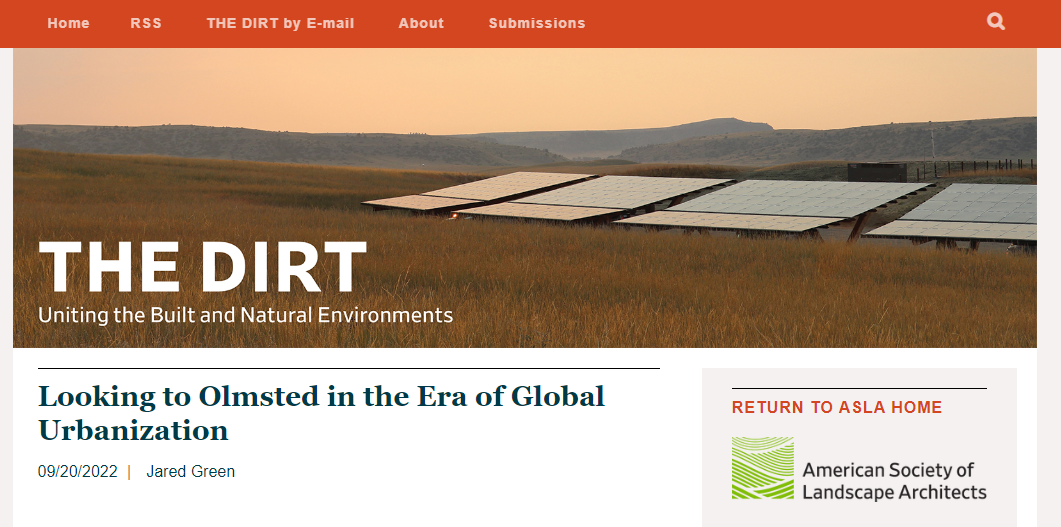
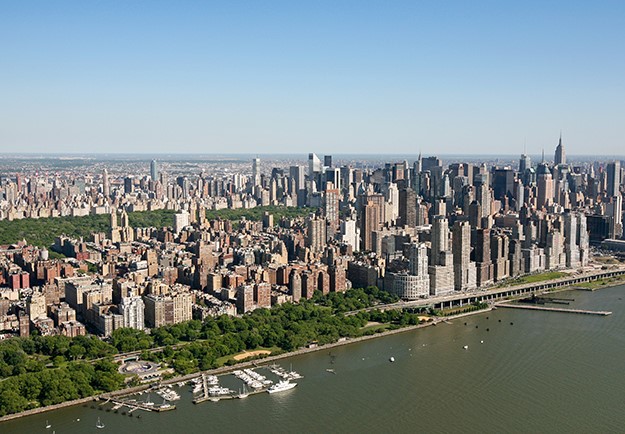
Riverside Park and Central Park designed by Frederick Law Olmsted and Calvert Vaux, Manhattan, NYC / istockphoto.com, Terraxplorer
This year marks the 200th birthday of Frederick Law Olmsted, who is considered the founder of the profession of landscape architecture. Do his ideas still matter in today’s rapidly urbanizing world? Jayne Miller, chair of World Urban Parks, asked global landscape architects and park leaders to weigh in during the latest online conversation organized by Olmsted 200.
For Kongjian Yu, FASLA, founder of Turenscape and professor and dean, College of Architecture and Landscape Architecture at Peking University, “Olmsted is still relevant because he knew how to meet essential human needs. He brought nature back to the city, which is so important for the human body. We need nature to get energy. But we also need open public space as a group. He believed green space means equal space.”
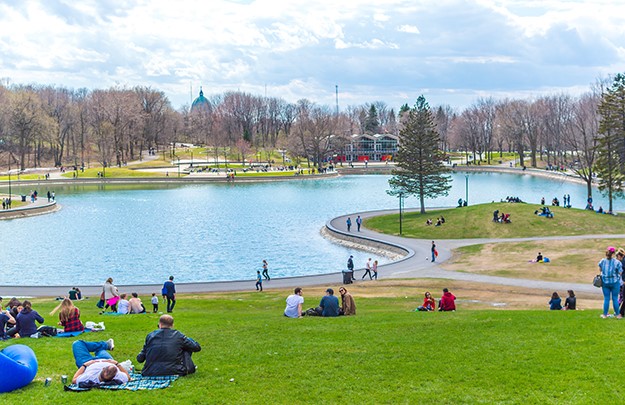
Mount Royal Park, Montreal, Quebec, Canada by Frederick Law Olmsted / istockphoto.com, bakerjarvis
“Olmsted knew if you love nature, you will take care of it. Elevating nature is about civilizing yourself. If we elevate nature, we also civilize human beings. We can civilize cities,” Yu said.
Olmsted was one of the first to articulate the value of nature for an urbanizing world, said Yu, who has translated many of Olmsted’s essays into Chinese.
In the 1880s, when Olmsted was at his peak, almost 30 percent of the U.S. population was urban; today, it is 70 percent. In contrast, China was just 10 percent urban up until a few decades ago and then the country went through a rapid period of urbanization, reaching an urbanization rate of nearly 65 percent today.
“Urbanization is now global, and we can all learn from what Olmsted knew 150 years ago. He was 150 years ahead of the rest of the world.”
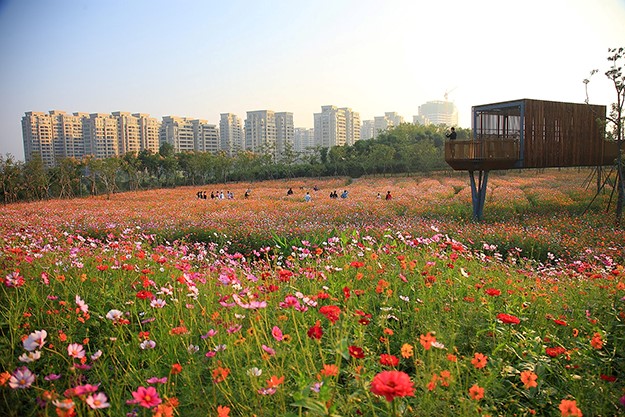
ASLA 2016 Professional General Design Honor Award. Framing Terrain and Water: Quzhou Luming ParkQuzhou City, Zhejiang Province, China. Turenscape
“Olmsted sticks with us because he knew landscapes are about delivering physical, psychological, and social benefits — they can even be symbols of collective identity,” said Romy Hecht, associate professor at the School of Architecture, Ponticia Universidad Católica de Chile.
“It seems to me Olmsted was about re-imagining cities as a whole place with whole landscapes,” said Alison Barnes, CEO, New Forest National Park Authority, chair of the Green Halo Partnership, and board member of London National Park City.
Barnes’ own work with London National Park City is a “modern Olmsted movement,” Miller argued. It’s about “everyone benefiting and contributing to urban nature, about deep democratization of nature,” Barnes said.
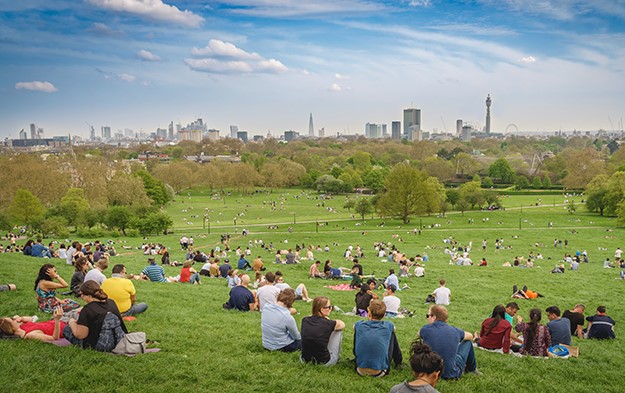
Primrose Hill Park, London / istockphoto.com, Paolo Paradiso
“We think cities should be habitats for ourselves. We should be able to get lost in nature in cities and connect with nature wherever we are.”
“I think Olmsted said utility trumps ornament. Utility is about connecting with our need for nature. There is a lot of synergy with our work and Olmsted’s. It’s important that we refresh these ideas.”
The pandemic caused large numbers of urbanites to leave the city and buy homes, sometimes sight unseen, in more natural rural areas, Miller said. Could this be the first sign in a slow down in global urbanization?
“I believe more urbanization is inevitable. Human communities have always evolved into urban ones. It could be a beautiful process rooted in nature,” Hecht said.
But for this to happen, more cities will need to follow Olmsted’s model. “He was an activist who called for urban improvements, a sense of community, and the diversification of opportunities.”
For Barnes, it is less about following an Olmsted-like figure and more about engaging and empowering communities to take action — to “create demand for nature.” In the UK, a number of development projects that would have negatively impacted natural areas haven’t happened because of “strong and vibrant” community groups.
Access to green space is a fundamental human need; “it’s essential.” “It’s not just landscape architects on their hobby horses, but about ensuring our quality of life.”
Unfortunately, access to urban nature is still highly unequal across the developed and developing worlds, even where there is significant community engagement. For example, in Santiago, Chile, which has six million residents in 200 thousand acres, “37 percent of the population has just 33 square feet of green space per capita, while 0.5 percent has 200 square feet per capita,” Hecht said. There is also unequal maintenance of these spaces and therefore unequal park quality.
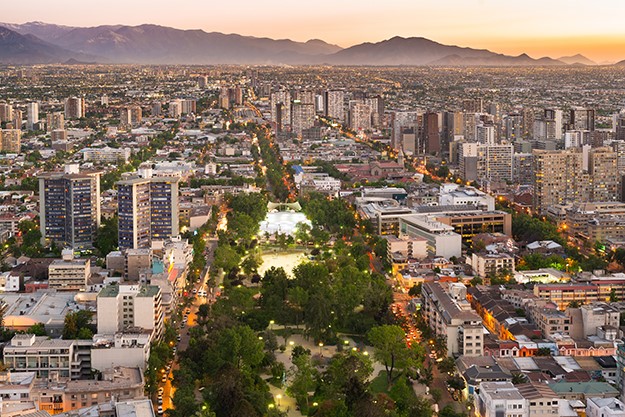
Parque Bustamante, Providencia district, Santiago de Chile, Chile / istockphoto.com, tifonimages
This means “we need a green recovery” that brings more parks to more people. “Leaders have an obligation to engage communities to achieve these goals. We need to start with leaders.”
Along with rapid urbanization, countries around the globe must also contend with the climate crisis. Miller asked: What would Olmsted propose to address the impacts of climate change — green infrastructure and nature-based solutions?
“The first way is Olmsted’s way — to green the city. The second way is to design with nature at the regional scale, like Ian McHarg proposed. Now with industrialization and urbanization at a global scale, we need a third way — to transform the globe,” Yu argued.
“We need new nature-based infrastructure. We can no longer rely on concrete, steel, and chemicals. Sea walls and gates will inevitably fail. We need to plan ecological infrastructure” for the entire planet.
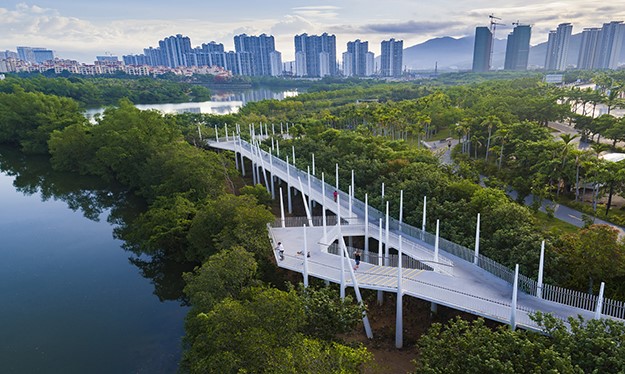
ASLA 2020 Professional General Design Honor Award. Deep Form of Designed Nature: Sanya Mangrove Park, Sanya City, Hainan Province, China. Turenscape
“Olmsted offered a way. His Emerald Necklace in Boston was adaptive with a muddy river system. He gave space for the water, marshlands, and lowlands. This is a model for adapting to climate change.”
Source:https://dirt.asla.org/2022/09/20/looking-to-olmsted-in-the-era-of-global-urbanization/
